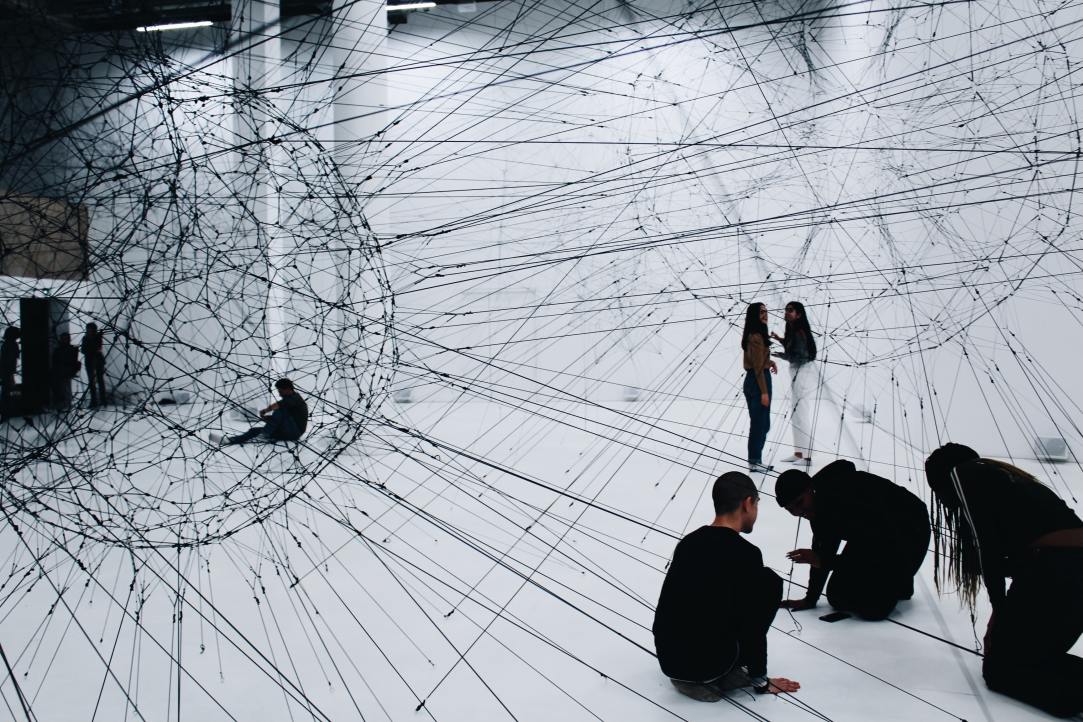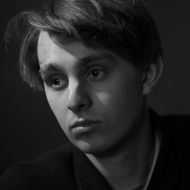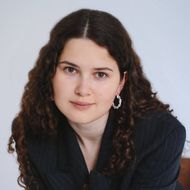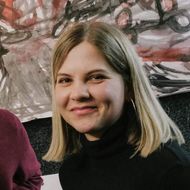Russian and Dutch Youth Drive Museums

At the end of April, an international online conference ‘Youth as a Driver of Museum Development’ was held. It was dedicated to summarizing the preliminary results of the first stage of the same-name project and supported by the Consulate General of the Kingdom of the Netherlands in St. Petersburg. Students, who took an active part in the implementation of the project, and experts from the museum community shared their impressions and opinions on why it is necessary to develop and promote the youth direction in museums.

Natalia Boluchenkova, 2nd-year student of the Master's programme 'Business and Politics in Modern Asia'
The international conference 'Youth as a Driver of Museum Development', put on by the Laboratory of Cultural Economics at HSE University, was an important and valuable experience for me, essential for my further professional development. During my bachelor's, I studied to be a culturologist, so all the topics discussed were significant, interesting and close to my heart: the prospects for the development of the museum sector for young people, the future of the art sphere after the COVID-19 pandemic, the digitalization of art, and the use of new technologies in exhibition spaces.
We prepared our own museum business projects for the conference in teams, which we presented to representatives of the HSE — St. Petersburg, University of Groningen, AVANS University of Applied Sciences, and Tilburg University. This is an intermediate result of the Russian-Dutch project, one of the goals of which is to stimulate entrepreneurial activity in the field of culture among young people.
Our idea was dedicated to an accelerator auction for young artists, executed in the online marketplace format. In the current crisis conditions, many representatives of the art sphere happened to be without income, young artists do not know where to find their client, how to become a name. Allowing each participant to receive the necessary benefit, such an Internet platform is a link between a museum, artist and buyer. In our opinion, this idea can solve some of the institutional voids in the art sphere related to the lack of intermediaries required for purchase and sale transactions, talent scouting. The idea of the accelerator is socially oriented and aims at popularizing contemporary art, promoting positive values in society. In the future, it might serve as a basis to conduct offline events: exhibitions, performances, meetings with artists. One of the goals of the accelerator is to change the image of classic museums, making them more modern and interesting for the younger generation.
In the future, we hope that our group will be able to continue working on the project.

Alexander Uttu, 1st-year student of the Master's programme in Media Production and Media Analysis
I was involved in a project to create an online course on how museums interact with the youth. At the first stage, students collected media content that would be included in the course materials: successful cases of integrating museum collections into the format of video blogs, podcasts, and mobile applications. Then we made a small media project — a set of telegram stickers and a screencast of its creation — as an example of a practical task that potential course students can carry out.
As the future online course explores how museums interact with young people, educators have given us creative freedom and fully trusted our choice. I see the paradox and uniqueness of the course in this fact: students will study how museums address them and build communication with young people. It seems to me that this circumstance has the potential to produce a non-standard, but extremely fruitful and democratic educational situation, when student's experience of interacting with museums will be equivalent to the expertise teachers accumulated.
The course attempts to bring together and describe digital tools that museums have recently begun to put into practice. In addition to traditional educational materials, as part of the discipline, students will get acquainted with media content produced by world museums for attracting young people. Since this practice is quite new, they will have to critically assess not only the content, but also the form of these materials: what content modern museums produce, how and why they do it, and, most importantly, how to improve existing formats or propose alternative ones. It seems to me that thanks to this aspect, an online course can open up from an unexpected side for many students and become a starting point for creating their own projects for the museum digital products development.

Anastasia Ermolaeva, 3rd-year student of the Bachelor's programme in Public Policy and Analytics'
For me, the project to study youth networks was not the first - since August, I participated in the first stages of this large study aimed at studying youth as an important actor in museum transformation. Therefore, when the next selection stage was announced, I sent an application without hesitation.
From our part, our team had to study the web pages of youth organizations at Russian museums in social media. Together with a team of Dutch students who, in turn, analyzed Dutch museums, we collected data and got to know what museums have student councils, clubs, youth centres, and other forms of youth association. As a result, the Russian side presented youth organizations in 4 museums: the Hermitage Youth Center, the Student Club of the State Russian Museum, Garage Teens Team of the Garage Museum of Contemporary Art, and Pushkin.Youth of the Pushkin State Museum of Fine Arts. In the end, we analysed the Instagram pages of the selected youth centres by using the analytical platform for social networks «Popsters».
We described the key indicators and drew conclusions for each museum, as well as introduced the conference participants to our proposed recommendations.
We divided the recommendations into 4 sections: motivational, content recommendations, instrumental, and collaborative.

Natalya Shapkina, a curator of educational programmes of the Youth Educational Center of the State Hermitage Museum
Attracting the youth is an important area of work in cultural institutions around the world. The value of this project for museum workers lies in the fact that young specialists - HSE students, independently and in cooperation with students and experts from Dutch universities, offer their own vision of a modern museum.
The project participants worked on the key issues of the cultural industry, which today in one way or another face each museum. How to make the museum more attractive and interesting with the help of Internet resources and social networks? What digital projects do Russian museums lack? Can VR projects help the development of inclusive museum projects and make the museum more accessible? How can a modern museum combine cultural, educational and entrepreneurial activities?
The most important feature of this programme is the joint work of students on specific cases and a detailed analysis of the work of existing cultural institutions. Separately, I would like to note the importance of the inclusion of participatory practices for a modern museum. The programmes developed in the course of the project involve the participation of the audience in comprehending the exhibitions, the opportunity to offer their own understanding of artistic problems, the destruction of the impenetrable wall between the problems of the museum and the public.
The project team expresses gratitude to the experts and students who participated in the project and conference and hopes for further fruitful cooperation within the framework of international initiatives.

